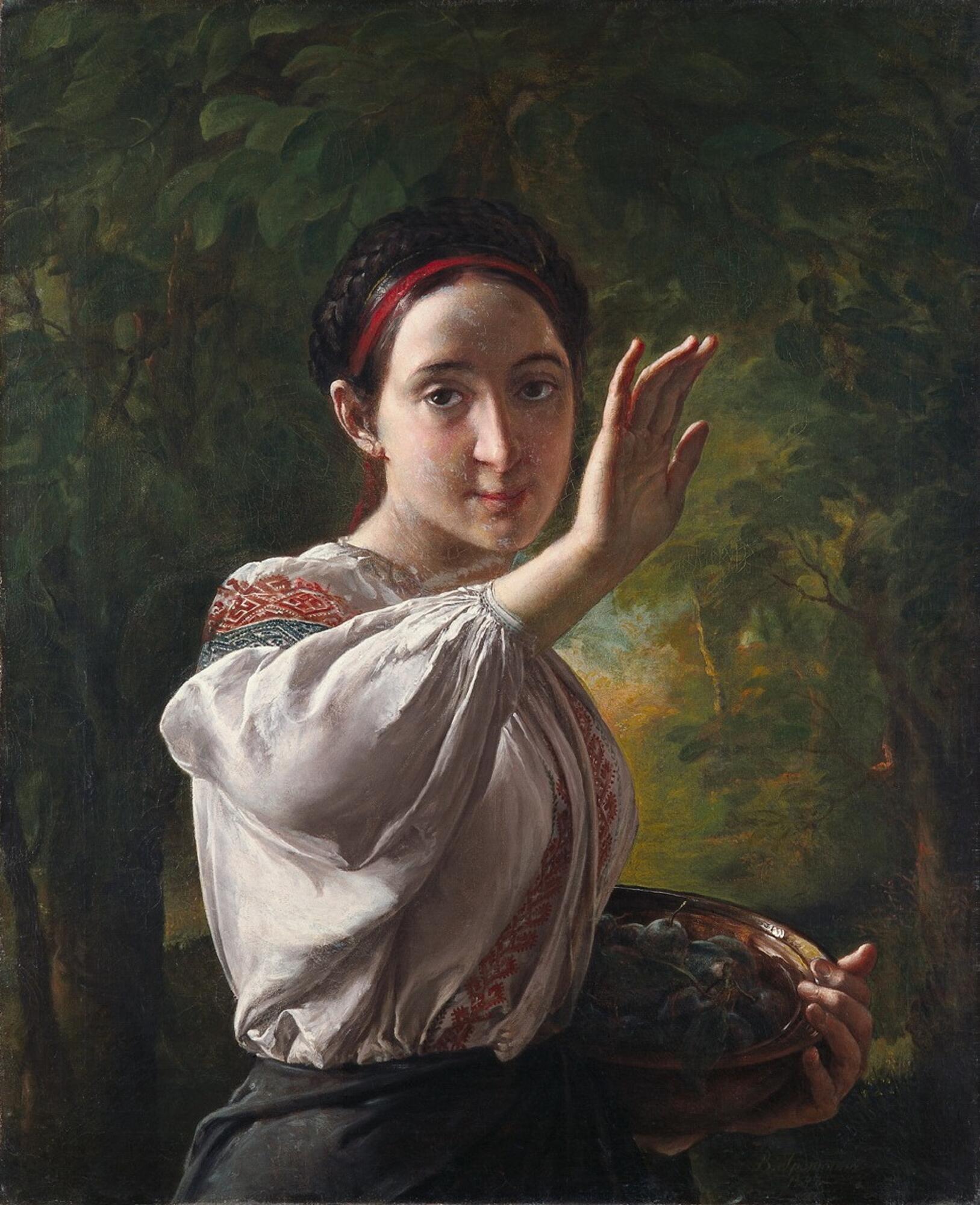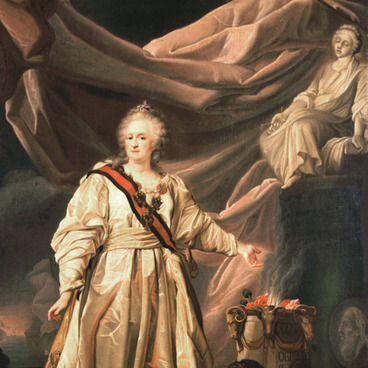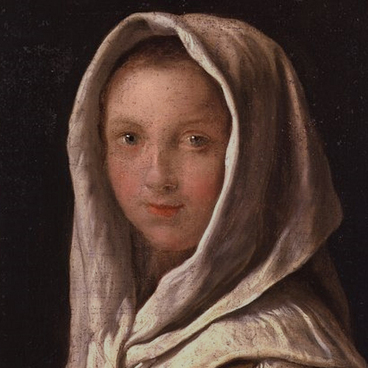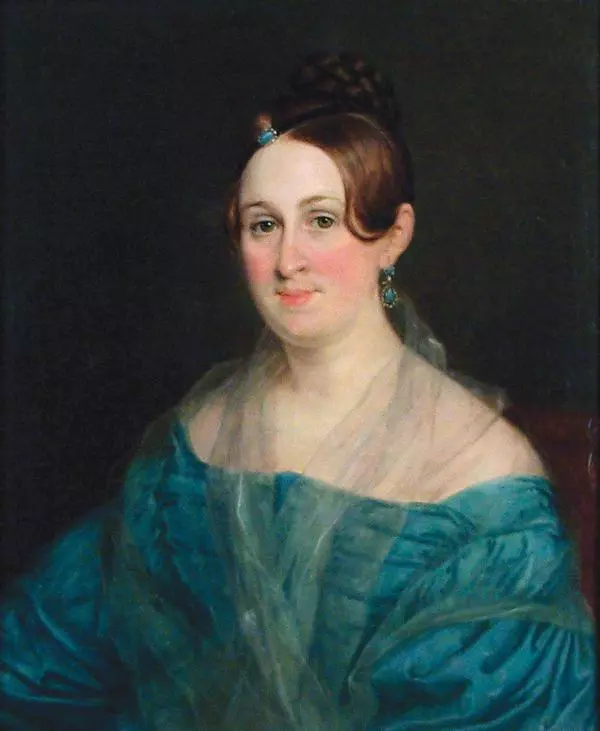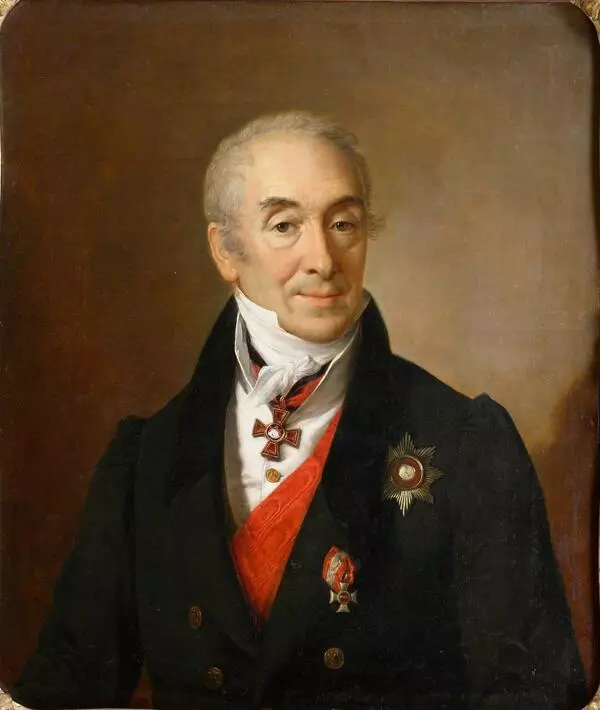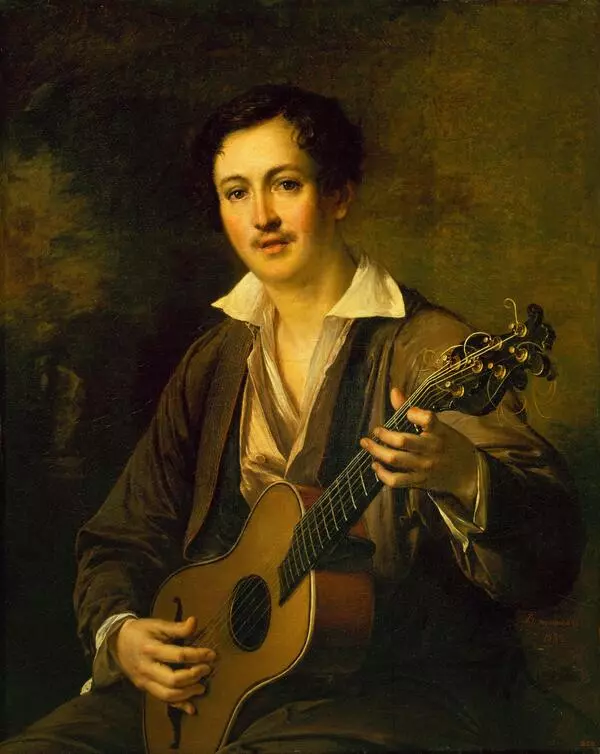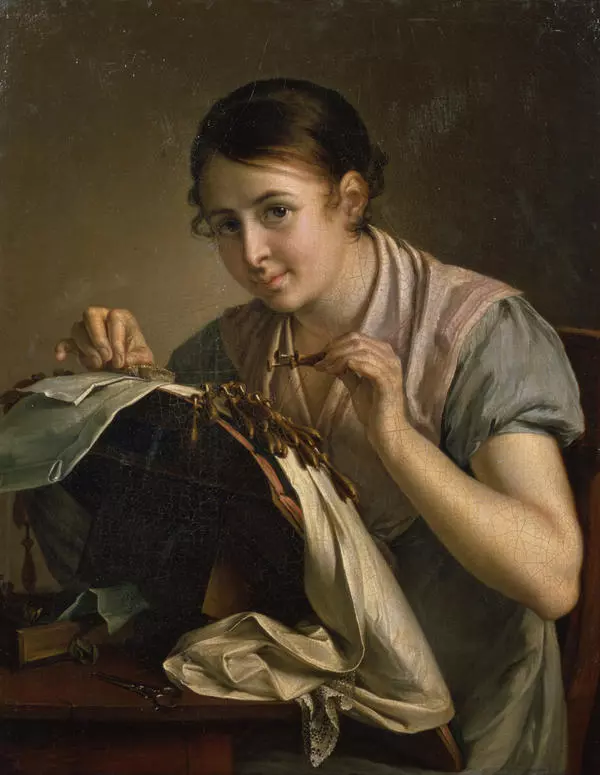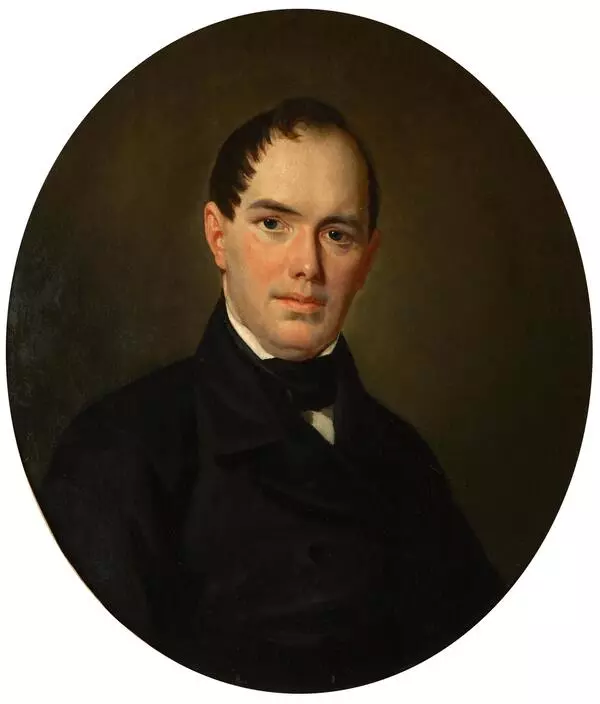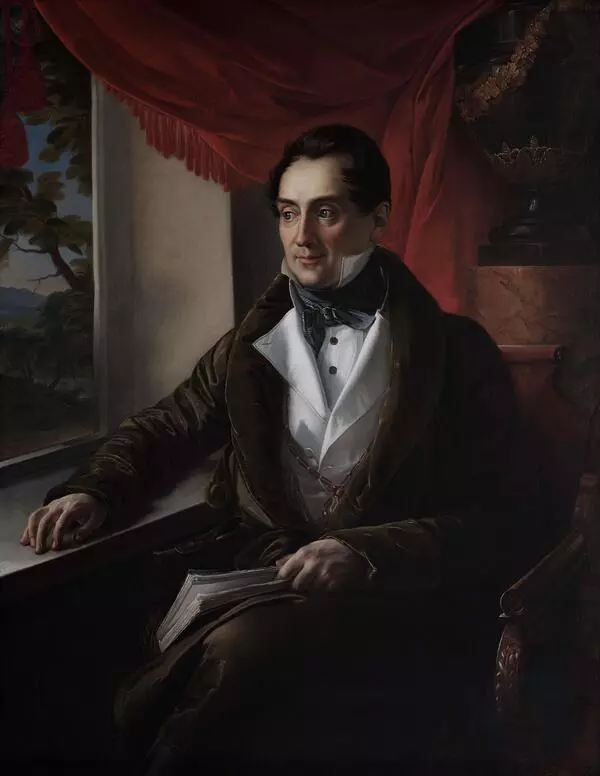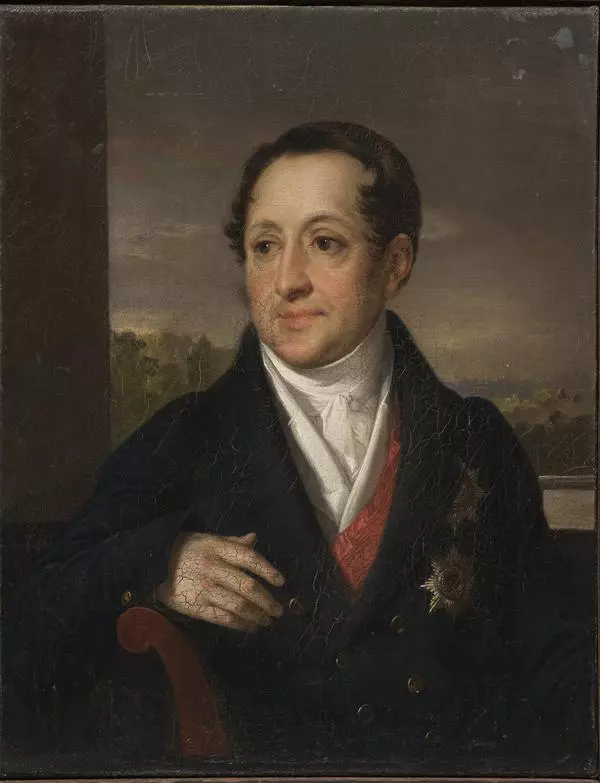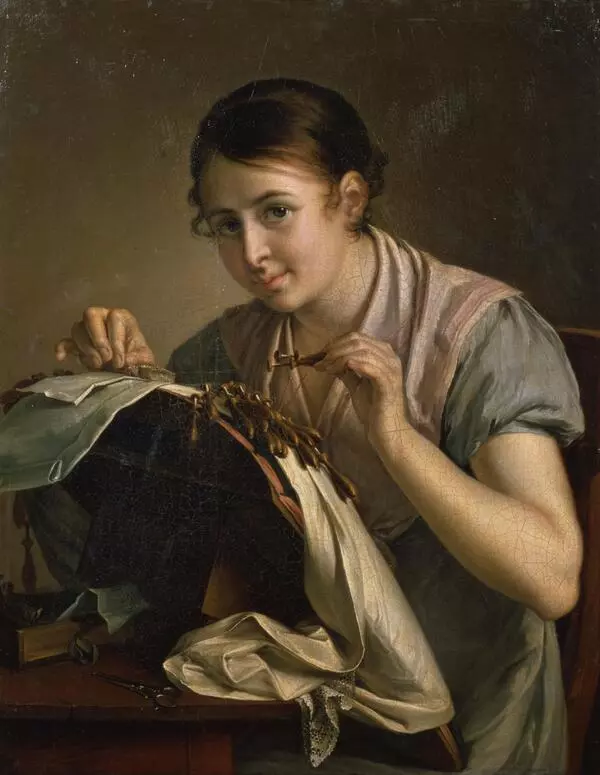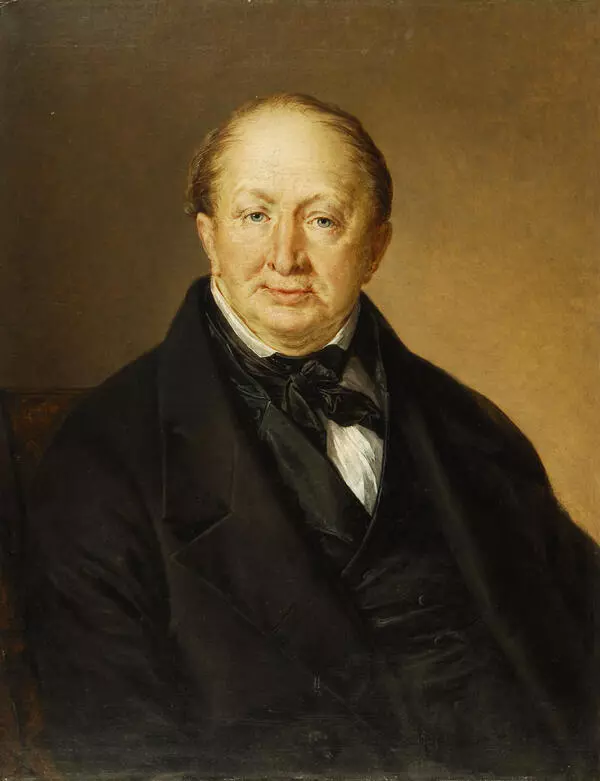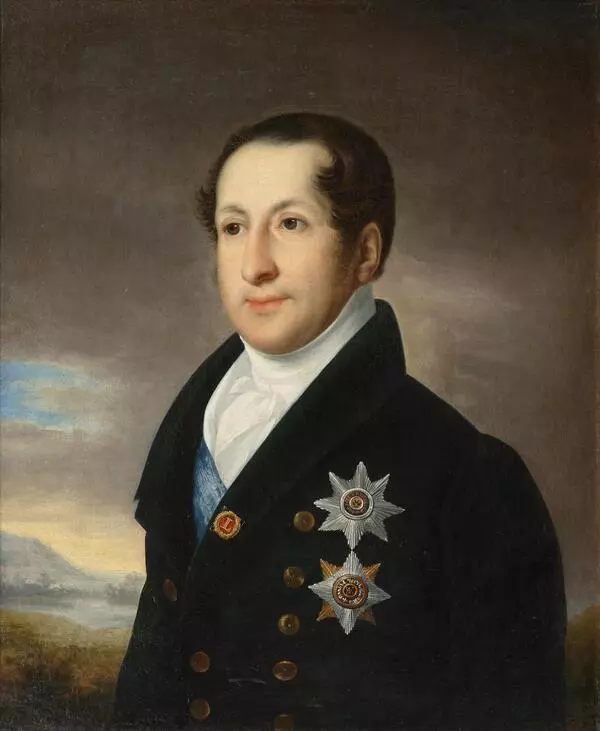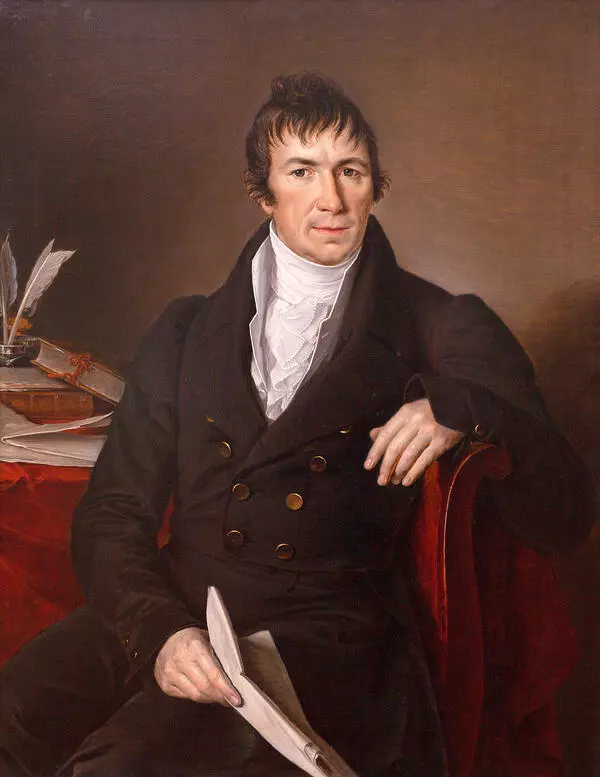Vasily Tropinin was born on March 30, 1776, in the Novgorod Governorate. His parents were serfs of Count Anton Minikh. The daughter of the count married the military officer Irakly Morkov, therefore the village where the future artist was born as well as Tropinin himself passed into the possession of the new owner. Tropinin went to the capital thanks to the count’s cousin, who also helped the future artist with the admission to the Imperial Academy of Arts — from 1799, Tropinin became a non-matriculated student, an apprentice in the workshop of the portrait artist Stepan Shchukin. At that time, a serf could not become a full-time student of the Academy.
In 1804, one of Tropinin’s paintings — ‘Boy Grieving for His Dead Bird’ — was displayed at an exhibition, where it was appreciated by critics, the president of the educational institution and Empress Maria Feodorovna, who visited the exhibition. However, Count Irakly Morkov, to whom Vasily Tropinin belonged as a serf, learned about the excessive attention to Tropinin and withdrew the artist from his studies ordering him to move to his estate in the Ukrainian village of Kukavka. There, the young artist worked as a domestic servant and shepherd. After the Patriotic War of 1812, the Morkovs moved to Moscow. Tropinin painted portraits of the owners and their neighbors. Gradually, the rumor about the talented artist spread throughout Moscow, orders beginning to come from the nobility. Morkov was offered to free Tropinin, but the count did not agree.
Tropinin was set free only in the spring of 1823 when he was 47 years old. That same year, Tropinin was awarded the title of ‘appointed academician’ for the paintings ‘Lacemaker’, ‘Old Beggar’ and ‘Portrait of the Artist Skotnikov’, while in 1824, he was already awarded the title of academician for a successful portrait of medalist Karl Leberecht. From 1824 until his death, Tropinin lived and worked in Moscow.
In the 1840s, the artist created a series of portraits of poor Moscow citizens. He painted workers, coachmen, gypsies, peasants. The permanent exhibition of the Chelyabinsk State Museum contains the work of Tropinin ‘Girl with Plums’. The charm of a clean and simple life, closeness to nature, warm-heartedness are the specific features of this painting. These characteristics became a new trend — sentimentalism, thus replacing classicism, which at that time dominated the arts.
In 1804, one of Tropinin’s paintings — ‘Boy Grieving for His Dead Bird’ — was displayed at an exhibition, where it was appreciated by critics, the president of the educational institution and Empress Maria Feodorovna, who visited the exhibition. However, Count Irakly Morkov, to whom Vasily Tropinin belonged as a serf, learned about the excessive attention to Tropinin and withdrew the artist from his studies ordering him to move to his estate in the Ukrainian village of Kukavka. There, the young artist worked as a domestic servant and shepherd. After the Patriotic War of 1812, the Morkovs moved to Moscow. Tropinin painted portraits of the owners and their neighbors. Gradually, the rumor about the talented artist spread throughout Moscow, orders beginning to come from the nobility. Morkov was offered to free Tropinin, but the count did not agree.
Tropinin was set free only in the spring of 1823 when he was 47 years old. That same year, Tropinin was awarded the title of ‘appointed academician’ for the paintings ‘Lacemaker’, ‘Old Beggar’ and ‘Portrait of the Artist Skotnikov’, while in 1824, he was already awarded the title of academician for a successful portrait of medalist Karl Leberecht. From 1824 until his death, Tropinin lived and worked in Moscow.
In the 1840s, the artist created a series of portraits of poor Moscow citizens. He painted workers, coachmen, gypsies, peasants. The permanent exhibition of the Chelyabinsk State Museum contains the work of Tropinin ‘Girl with Plums’. The charm of a clean and simple life, closeness to nature, warm-heartedness are the specific features of this painting. These characteristics became a new trend — sentimentalism, thus replacing classicism, which at that time dominated the arts.
